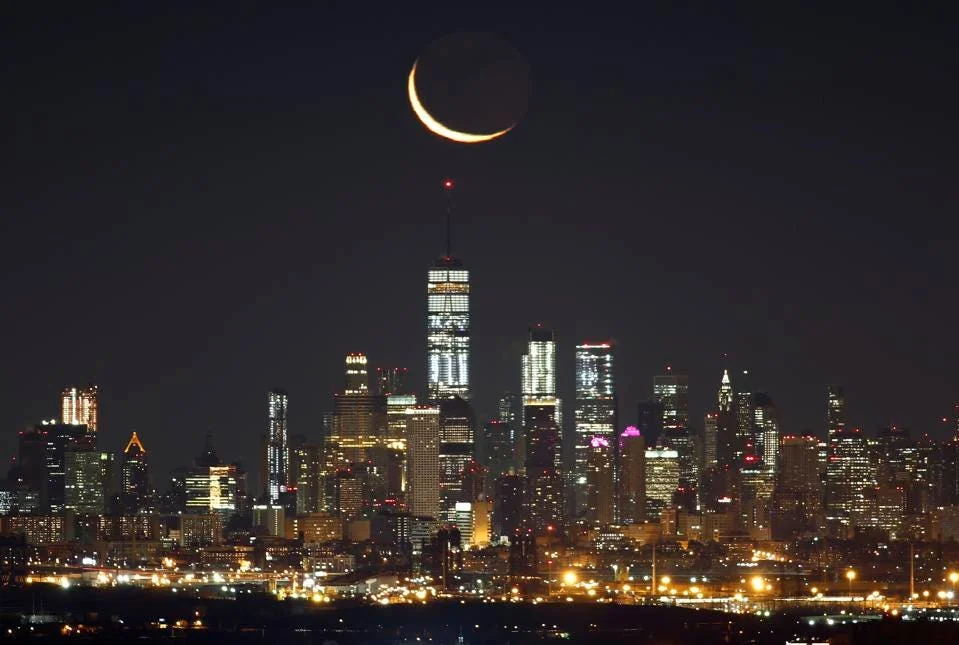
Celestial Smiles and Mini Planet Parades: Stargazing Highlights in Late May
Get ready, stargazers! Late May promises a delightful array of celestial events, from a "smiley face" in the night sky to a glimpse of a mini "planet parade." Whether you're a seasoned astronomer or just starting to explore the cosmos, there's something for everyone to enjoy.
On May 29th, skywatchers in the U.S. can witness a charming spectacle: a crescent moon pairing with the bright stars Castor and Pollux, forming a lopsided grin. Look above the western horizon about 45 minutes after sunset to catch this cosmic smile. "The moon's slender crescent will be located a little over 20 degrees above the horizon, taking the appearance of a lopsided grin," reports Space.com. Remember to use your hand as a guide – your fist at arm's length covers roughly 10 degrees.

But the celestial delights don't stop there. Leading up to the new moon on May 26th, the night sky offers prime viewing conditions. As Jamie Carter points out, this period "leave[s] the night skies free from moonlight, which serious stargazers view as light pollution." From May 20th to May 30th, take advantage of the dark skies to spot various constellations and celestial objects.
Here are some highlights:
- Ursa Major: The Big Dipper’s asterism is easily spotted high in the northwest.
- Leo: Look south to find the backward question mark of stars of Leo, the lion. The bright star Regulus marks the dot in the question mark.
- Mini 'Planet Parade': On May 23rd, catch a glimpse of a crescent moon near Venus and Saturn in the early morning, 45 minutes before sunrise.
- Boötes: "Arc to Arcturus" from Ursa Major to find the bright star Arcturus in the constellation Boötes, the herdsman.
- The Hercules Cluster (M13): This ancient globular cluster, containing over 100,000 stars, offers a stunning view through binoculars or a telescope.

Sky & Telescope also highlights some events to watch for this week. "Now the Moon hangs under Pollux and Castor," referencing the smiling face. Also, Titan, Saturn’s largest moon, will cast a shadow on Saturn.
Don't miss the chance to observe a mini "planet parade" or explore the wonders of the night sky during this favorable period. Grab your binoculars or telescope, find a dark spot away from city lights, and prepare to be amazed by the beauty of the universe above.
What are you most excited to see in the night sky this week? Share your thoughts and observations in the comments below!